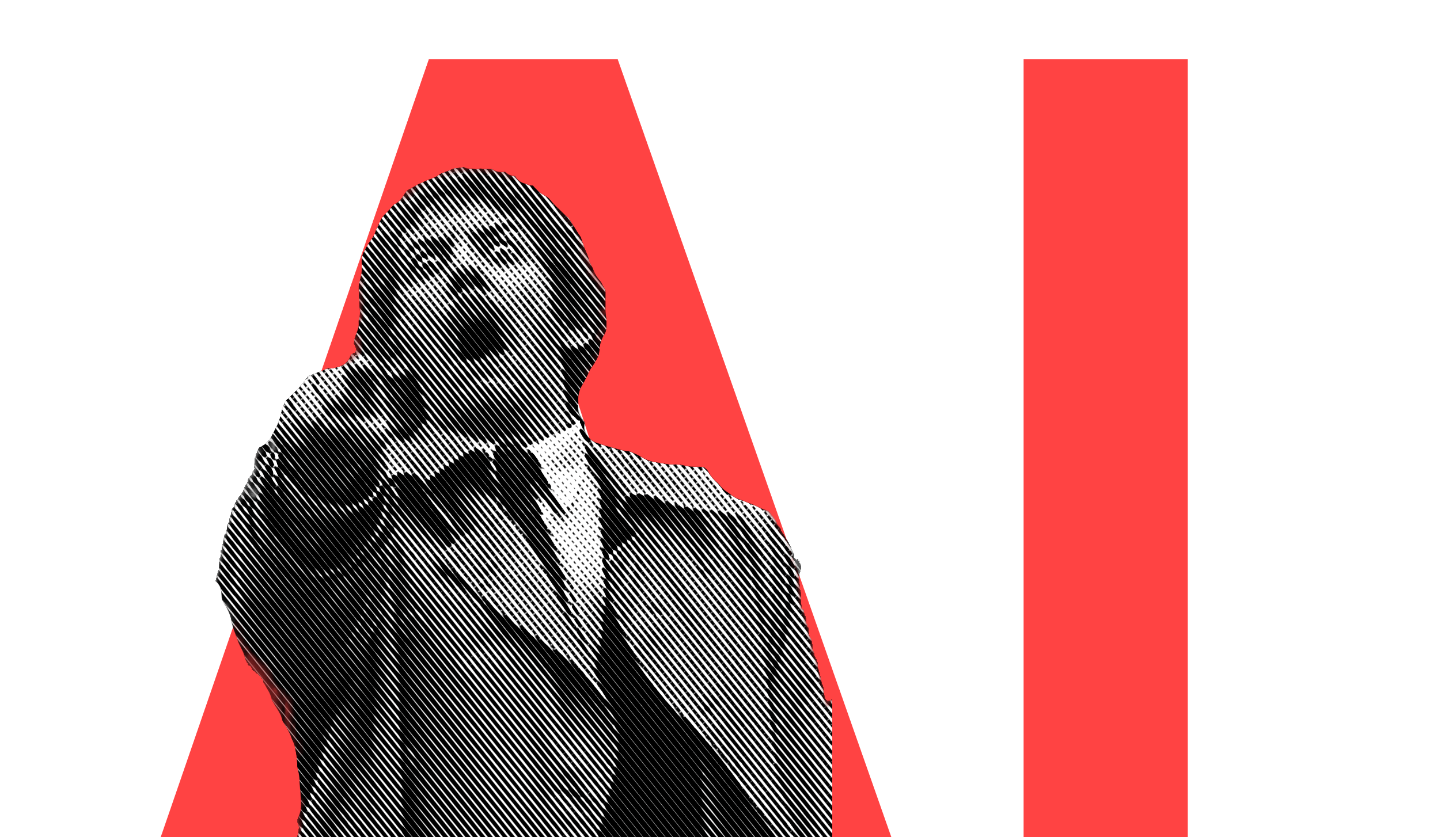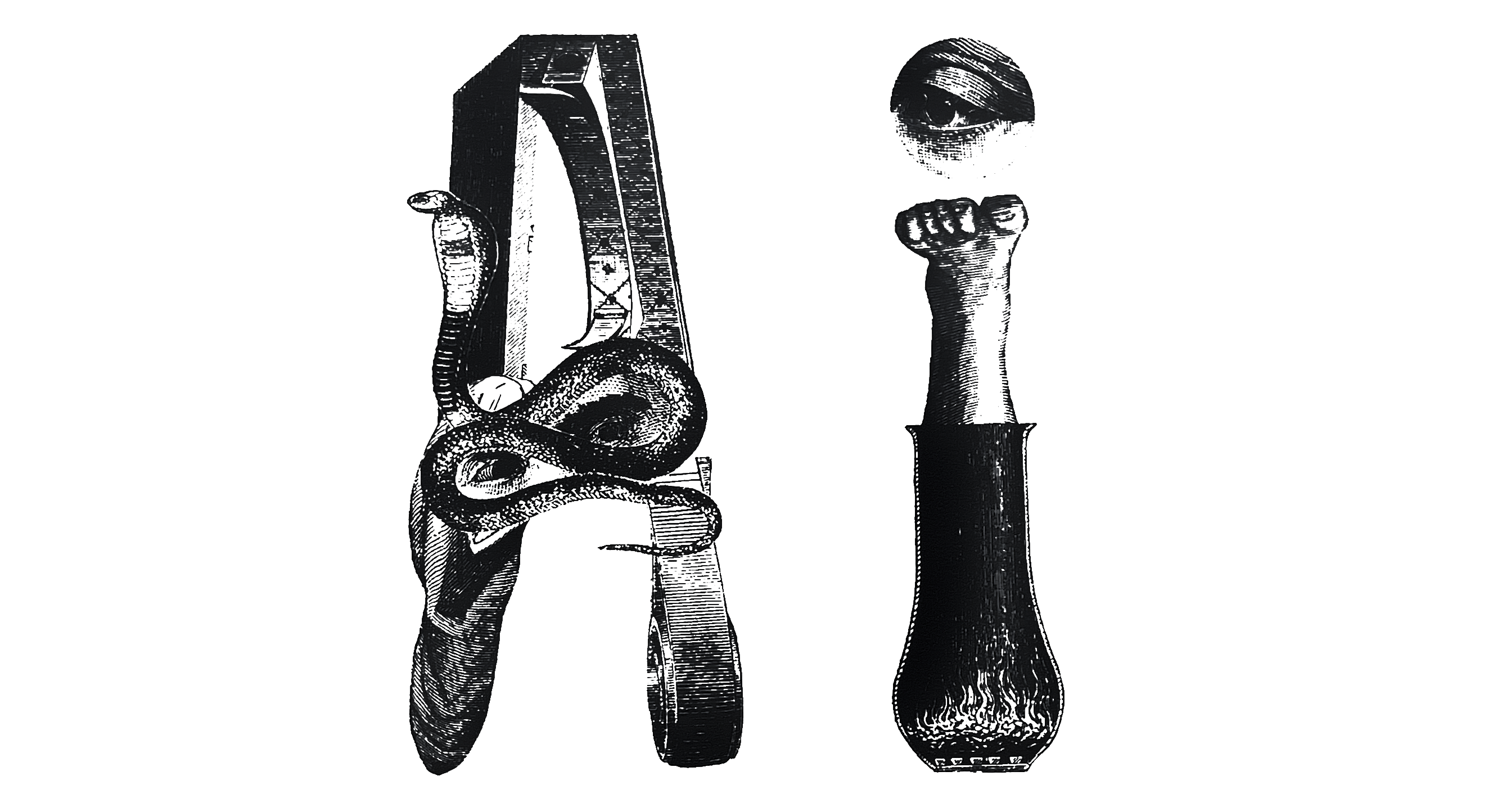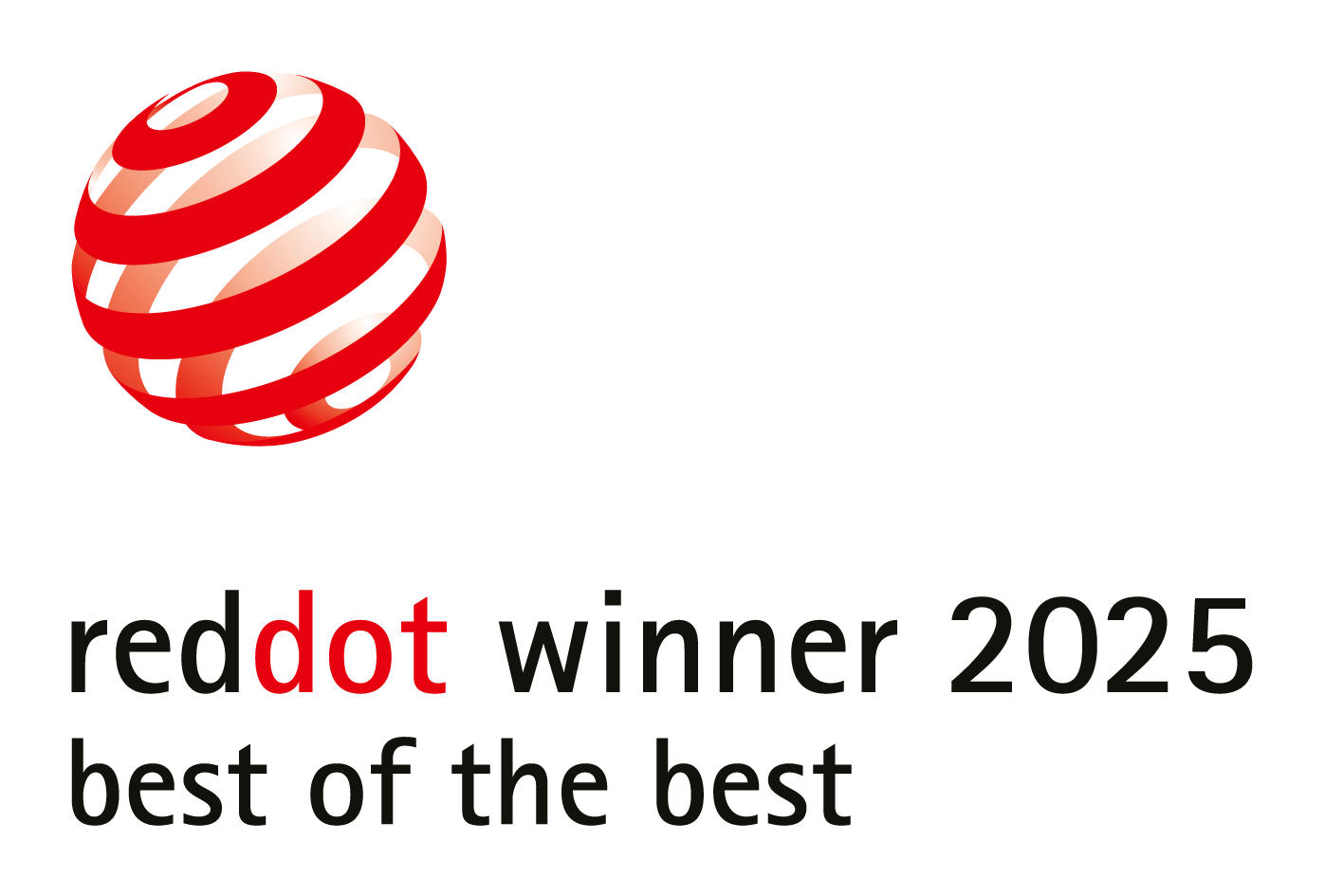The excerpts from recent Alan Kay emails are a gold mine. The text itself is a raw cut-up from a series of private emails. Kay argues that fundamental innovation and following objectives run counter to each other. Very much like art, fundamental research needs to be free from objective purpose.
Big businesses have been created on top of great innovation. The inverse is, according to Kay, unlikely, if not impossible: One cannot innovate under business objectives. Businesses are trying to solve problems—fundamental research, first of all, finds problems.
The ‘golden age’ funding included a lot of funding for ‘problem finding’ — which means the funders were not vetting specific proposals or funding ‘directed research’. The points of agreement were on a ‘vision of desired future states’, not goals or routes.
There is evidence suggesting that fundamental problems cannot be solved if you focus too much on the obvious issues, metrics and goals. Businesses approach innovation like that guy who is looking for his keys under the bright lantern—and not in the dark alley where he lost them. Fundamental innovation cannot be done under the bright lantern of ROI and shareholder value. It needs the freedom to search in the darkness where the problems lie.
Parc was “effectively non-profit” because of our agreement with Xerox, which also included the ability to publish our results in public writings (this was a constant battle with Xerox). In the end, all the technologies got out in useful ways. ARPA was non-profit, but had many commercial spin-offs, and this was regarded as “the way things should be” to get things out in the world in quantity.
Kay knows what he is talking about. In his work at Parc and ARPA he has witnessed and contributed to some of the greatest inventions in computer science and technology. He paints a refreshing picture of researchers and innovators, putting them closer to Socrates and Van Gogh than Steve Jobs or Elon Musk.
Socrates didn’t charge for “education” because when you are in business, the “customer starts to become right”. Whereas in education, the customer is generally “not right”. Marketeers are catering to what people want, educators are trying to deal with what they think people need (and this is often not at all what they want).
Kay explains that scientists and engineers learned to do as “Art at scale” which in itself sounds like a multiple contradiction in terms. Art is usually discussed in opposition to science. And generally, art is targetted at a small elite audience. Art at scale is pop.
In Kay’s eyes, great innovation, like art, benefit humanity and not a single organization. Single organizations are too small to generate and too small to own great innovation:
“Really fundamental inventions are too large for single human organizations to deal with — what one wants is a reasonable balance between what is freely shared, and how things can be made from them.”
Kay closes his thought with a plea for big corporations to fund research in the same way that Parc and ARPA worked—as non-profit public service.
It strikes me that many of the tech billionaires have already gotten their “upside” many times over from people like Engelbart and other researchers who were supported by ARPA, Parc, ONR, etc. Why would they insist on more upside, and that their money should be an “investment”? That isn’t how the great inventions and fundamental technologies were created that eventually gave rise to the wealth that they tapped into after the fact.
Inventions are resources they feed from, resources worth cultivating.
“Most don’t think of the resources in our centuries as actually part of a human-made garden via inventions and cooperation, and that the garden has to be maintained and renewed.”
In the current climate, tech giants would do well to stop controlling fundamental technology and free some of their resources to fund open research. Currently, a return to research as “Art at scale” is not a very likely scenario. If you happen to be one of those artist-researchers yourself, what Kay suggests may ring a bell:
“An important part of any art is for the artists to escape the ‘part of the present that is the past’, and for most artists, this is delicate because the present is so everywhere and loud and interruptive. For individual contributors, a good ploy is to disappear for a while.”
Hopefully, 2018 turns out to be a year, where a lot of these artists, philosophers, and educators come down from their mountains, where they reappear and show us what they found while they were away doing art. They have been noticably absent.







